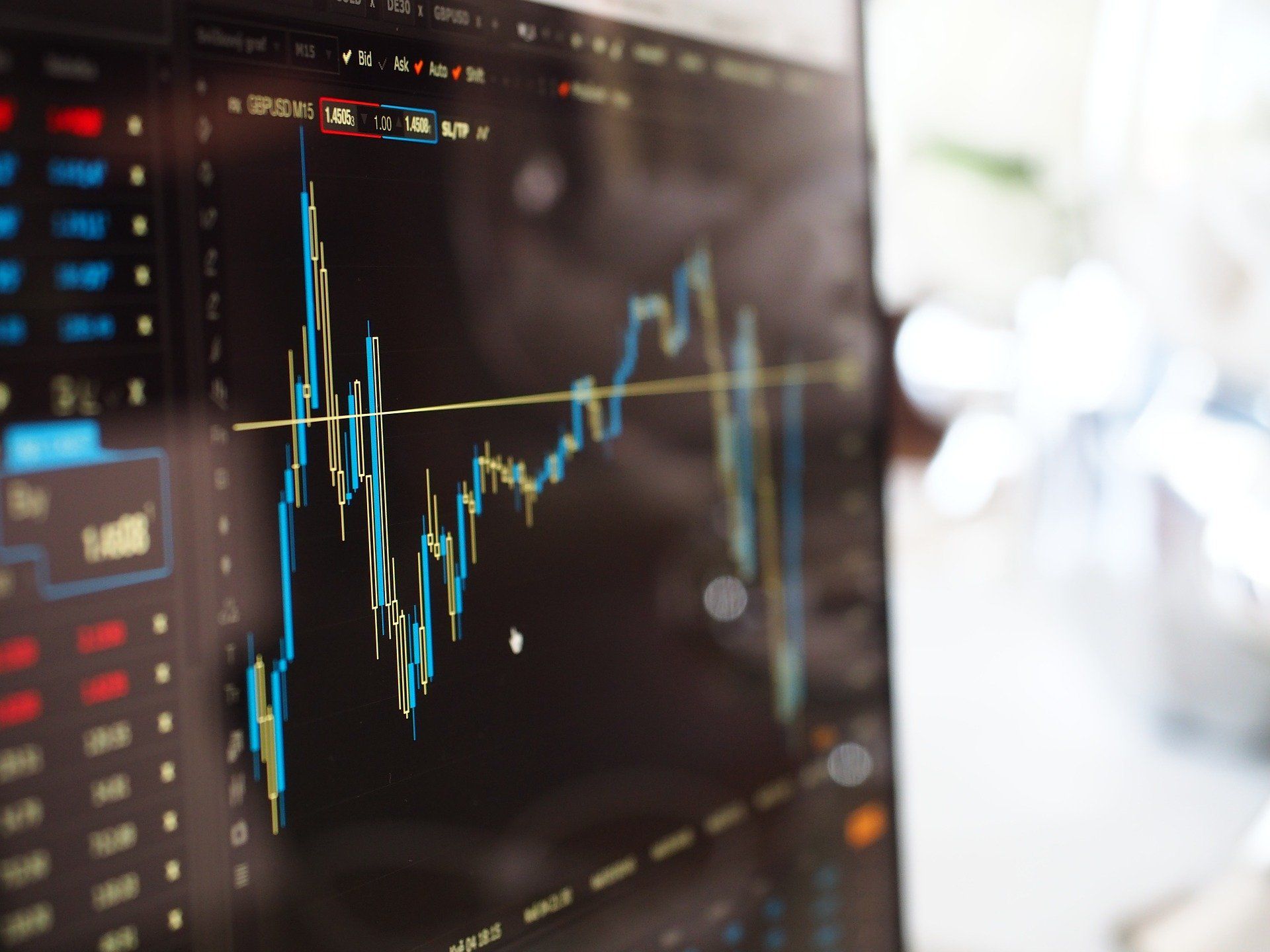The Federal Reserve sets the target interest rates at which banks borrow and lend money to one another, known as the federal funds rates and this has a ripple effect across the overall economy. While it usually takes at least 12 months for a change in this interest rate to show a widespread economic impact, the stock market’s reaction to a change is often more immediate.
Also Read | US Fed meeting: When and where to watch the FOMC press conference
Changes in interest rates can have both positive and negative impact on the markets. Central banks often change their target rates in response to overall economic activity. When the economy is overly strong the interest rates are raised and when the economy is sluggish, interest rates are lowered.
Also Read | Biden fights talk of recession as key economic report looms
Understanding the relationship between interest rates and the stock market can help investors understand how changes may impact their investments. Here’s how interest rates can have an impact on the stock and bond markets:
Also Read | The 2008 market crash: Inside the doomsday machine and a brief history
Impact on stocks
When interest rates increase, it also makes it more expensive for companies to raise capital. They will have to higher interest rates on the bonds they issue, for example.
Making it more expensive to raise capital could hinder future growth prospects as well as short-term earnings. The result could be a revision downward in profit forecasts going forward as rates increase. If the company is seen as cutting back on its growth or is less profitable, either due to higher debt expenses or less revenue, the estimated amount of future cash flows will decline. All else being equal, this will lead to a decrease in the price of the company’s stock.
Also Read | US economy sending mixed signals: Here’s what it all means
If the companies witness falls in their stock price, the overall market, or the benchmark indexes many people equate with the market – the S&P 500, the Nasdaq, the Dow Jones Industrial Average, etc – will go down. With lowered expectations on the growth and future cash flows of a company, investors will not get as much growth from a rise in stock prices. This can make stock ownership less lucrative. Moreover, investing in equities can be seen as much riskier when compared to other investments.
Also Read | Where to invest during high inflation?
However, the one sector that tends to benefit the most from interest rate hikes in the financial industry. Banks, brokerages, mortgage companies, and insurance companies’ earnings often increase – as interest rates move higher because they can charge more for lending rates.
Also Read | Grim news from Walmart sends US markets tumbling
Impact on bonds
Interest rates also affect bond prices. There is an inverse relationship between bond prices and interest rates, which means that as interest rates rise, bond prices fall and as interest rates fall, bond prices rise.
Governments and businesses raise money through the sale of bonds. As interest rates increase, the cost of borrowing becomes more expensive. This means that demand for lower-yield bonds will drop, causing their price to drop.
Also Read | What is America First Agenda Summit?
As interest rates decline it becomes cheaper to borrow money, and many companies will issue new bonds to finance expansion. This will lead to a rise in demand for higher-yielding bonds, forcing bond prices higher. Issuers of callable bonds may opt to refinance by calling their existing bonds so they can lock in a lower interest rate.
Also Read | Why global economy is not in recession yet
For income-oriented investors, a decline in the federal funds rate means a decreased opportunity to make money from interest. Newly-issued treasuries and annuities won’t pay as much. A decline in interest rates will encourage investors to shift from the bond market to the equity market. The inflow of new capital instead can cause the equity markets to rise.







